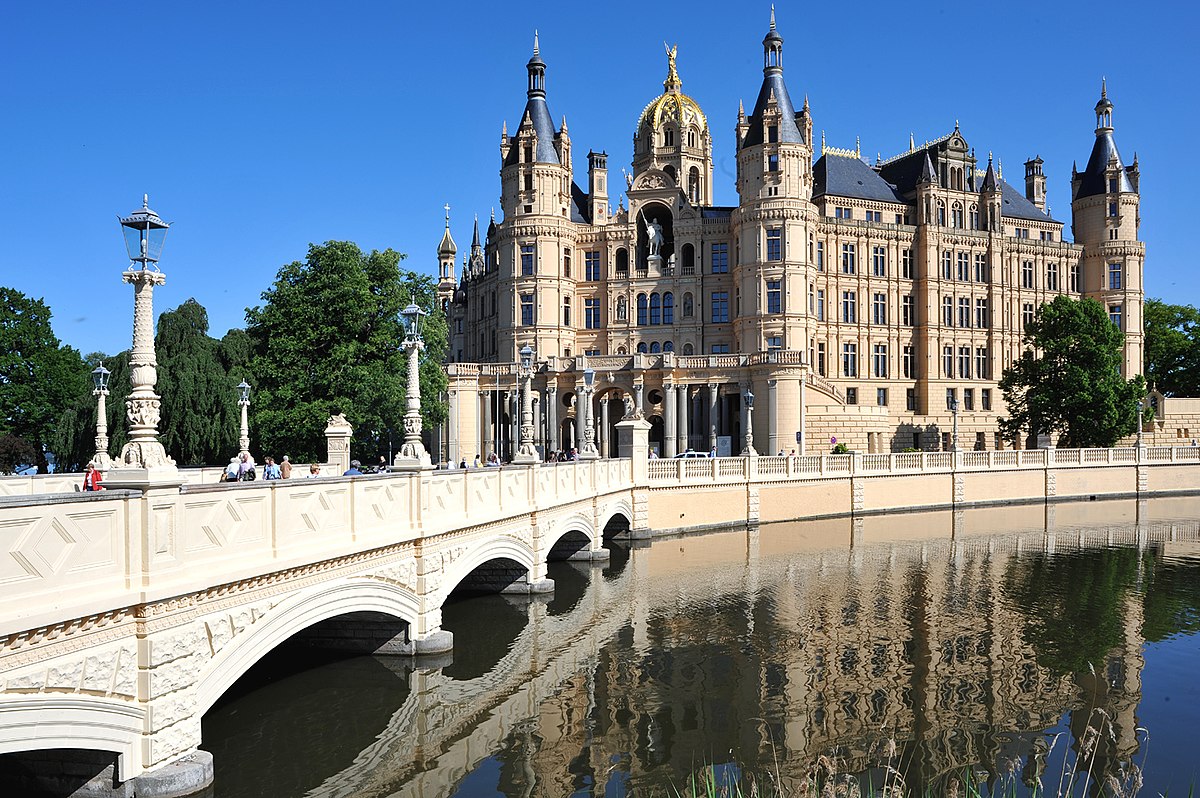
Renaissance Revival Architecture
Renaissance Revival architecture, also known as "Neo-Renaissance," emerged in the mid-19th century as an eclectic blend of classicizing Italian styles from different historical periods. It drew inspiration from the original Renaissance architecture that began in Florence in the 15th century, as well as from Mannerist and Baroque elements.
The Neo-Renaissance style was characterized by a variety of architectural features, including grand staircases, rusticated masonry, arched windows, and ornate pediments and entablatures. It was often used in public buildings, such as opera houses and government buildings, as well as in private residences of the wealthy. Renaissance Revival architecture spread across Europe and North America, with variations in style emerging in different regions. In France, it became known as "Second Empire" style, while in Germany, it was often used for university and public buildings. In Russia, it was popular for decorating interiors of palaces and other prominent structures. Despite its wide adoption, the Neo-Renaissance style began to decline in popularity by the early 20th century, overshadowed by emerging architectural trends.